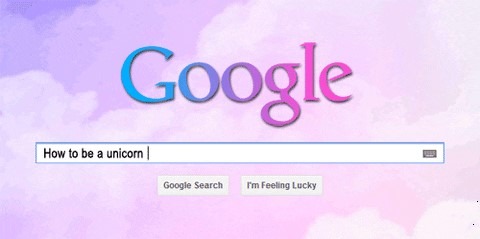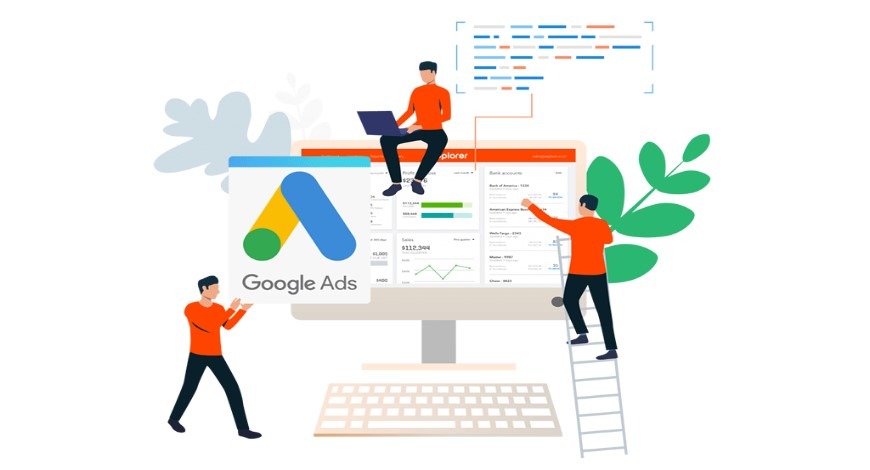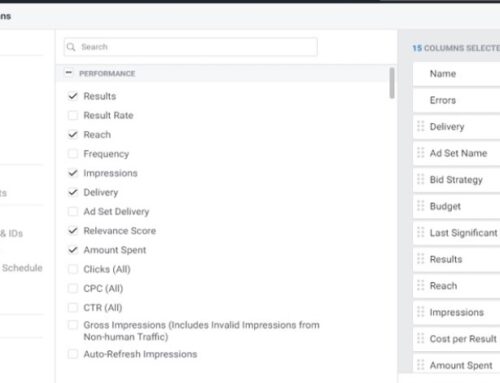Long tail keywords in Google
As a business owner, did you ever dream about your business having an unlimited space?
You probably have never imagined that, but thanks to the power of technology, its all finally possible.
But how many business owners actually know this? Much less take advantage of it?
Let me give you a hypothetical example.
If you own a bookstore, you will get shelves to keep a physical inventory of the books. But because you want to maximize sales, you order have all kinds of different books.
But you quickly realize one thing; the amount of books you can store in your shop is limited by the square feet of physical space you own. In essence, you have finite products to sell because your shop is finite.
Having 100 bookshelves means you get to sell more items than having 10 bookshelves in your shop, etc.
You also find out that a book had to constantly sell to continue to maintain space on the shelves; otherwise, it eats up unnecessary space and causes you to not earn potential revenue if you had featured a more popular book.
Then comes Amazon, Netflix and Spotify. What do they have?
Libraries of books, music, and products. All of them have essentially unlimited space. They store millions (even billions) of products and have no problem selling just 1-3 copies a month for most of their products.
When you do search advertising, people don’t understand that you have the same leverage.
Pardon the industry jargon but its called ‘long-tail keywords’.
Keywords are basically google searches that your customers type in to find about your business.
If you own a plumbing business, users may search all kinds of queries to find you in the result pages.
“Broken pipes” “Plumber” “Kitchen remodeling” “Overflowing toilet”.
The list is endless. But the keywords with the most intent are usually those that are long-tail. Typically 4 words or more.
Example like this: “Plumber near me for broken sink pipes”
This is a long query, and usually, very little people search for, compared to something like “Plumber” or “Plumber near me”.
But as you can see it’s very highly convertible, meaning the user typing this likely is going to do business with you if you can come over now to fix their toilet.
If you go deep on all these ‘long-tail keywords’ like the one I described earlier, you can essentially bid for almost any low traffic, long-tail keyword.
Even if only 20-30 users search for it monthly, if you can loot these gems, little sales add up to massive revenues.
And Google doesn’t have a ‘space limit’ like the bookshelves scenario earlier.
You can essentially target and hit all kinds of long-tail keywords you can think of and only pay when somebody searches for them.
It sits there until someone searches for it. And when somebody does, you pay Google a small click fee (CPC) and get a potential conversion for your business.
It’s like having an infinite space shop where you can store as many books as you want and it doesn’t matter if the unpopular books only get sold 1 copy a year.
That’s having an advantage.

Search demand curve
If we look at this search demand curve by Experian Hitwise. which comprises the Google queries being searched across the world.
The fat head and chunky middle show that around 30% of searches are 1-4 words long. The remaining 70% lie in what’s commonly called the long-tail search.
That’s right. Long-tail searches that have 4 or more words long owns 70% of Google searches.

High intent, low traffic keywords
All of them have only measly hundreds of searches monthly; low traffic, and low competition. But when you add them up it gets more total traffic than the fat head and chunky middle.
As a business owner, you must optimize your ads for the long tail search, as they are the ones that can win you new customers, new sales, and increase revenues.
But only if you know how to take advantage of it.
For search advertising, you should create landing pages that answers your users query, people come on Google to find the answer to their questions and needs. Once you can prove that you can help them with their problems, then you can get a sale.
If you took some time to understand your business, you can structure a mind-map on the psychology of your customers. What are they typing? How are they thinking about your business? Actually that’s when extensive keyword research comes in.
If you find 20 ways that customers are thinking about your brand, could they be all looking for a similar product or service?
Basically you never want your user to search your site frantically for an answer and leave disappointed because you were not careful in aligning your business with your customer’s goals.
For search advertising, you would also want your ads to target as many of these long-tail queries as possible. So that when a user searches it, you appear right on top because you had put in the extra effort and went to create lists of long-tail queries to bid for your business.
You want to prepare relevant landing pages to welcome all this fresh traffic you are receiving. Remember, your ad copy should reflect the searcher’s query and your landing page should reflect your ad copy and the search query.
In essence, you are creating this powerful mirroring effect of relevance. And Google loves it! It is like a domino block, you line them up nicely and the unsuspecting customer knocks over one to watch everything go down. They will be impressed and you will get the sale.
Now you know that these small volume queries can add up into a huge amount of traffic.
Long-tail keywords can get time-consuming and complicated to optimize. Because of the complexity of the search algorithm and platform, it is very time consuming for the business owner to dabble on it while running a business. It is always better to hire a Google Ads specialist to work on your account.
Long-tail, low volume keywords are like a table of candies, not worth much until it all adds up when you watch your basket at the end of the day.
Then you catch your competitors by surprise with the lead.
Google rewards you if you spend time optimizing and structuring your campaigns properly. It’s hard work. And they reward you with cheaper clicks and higher ad ranks, which results in more clicks and more conversions.





